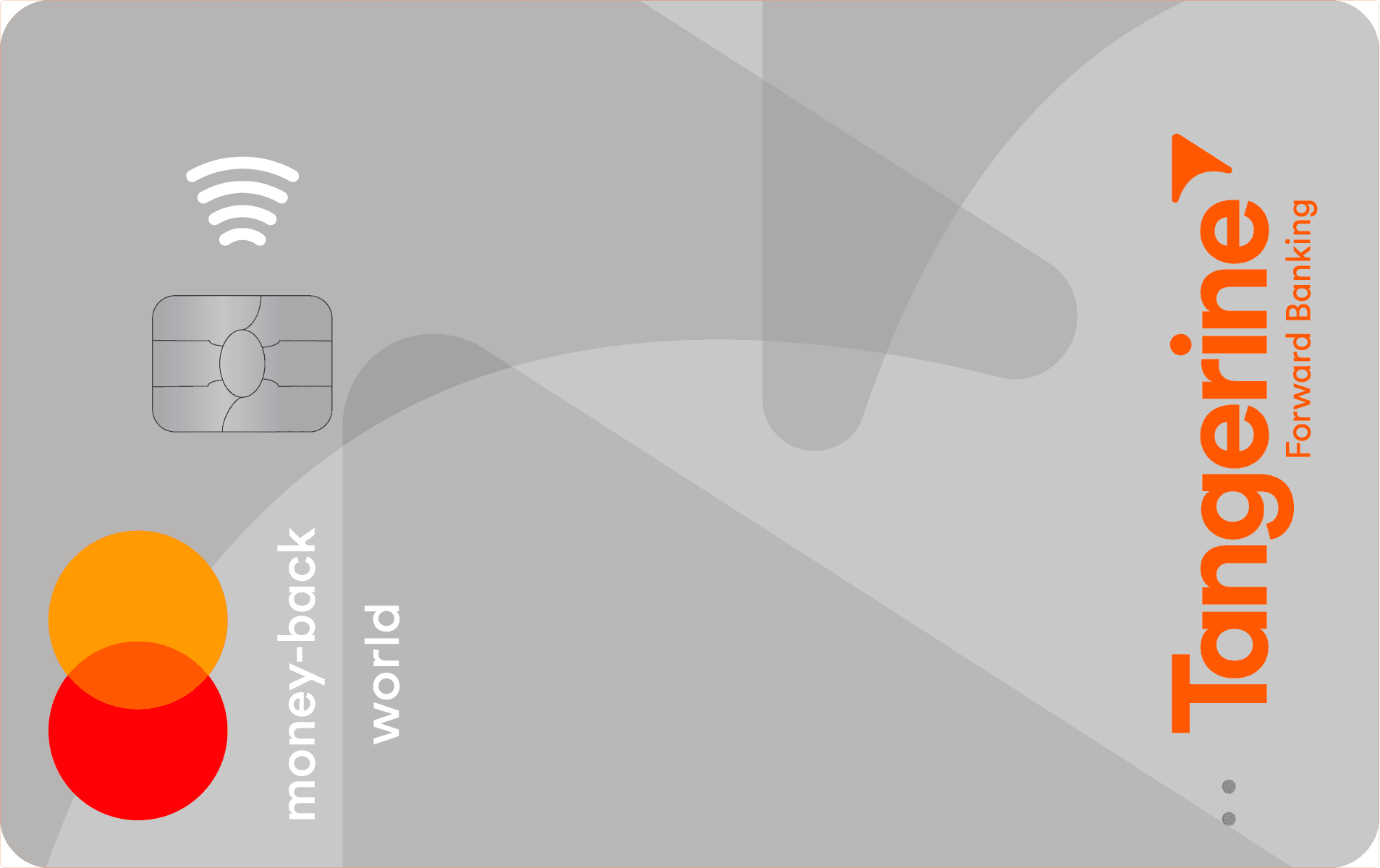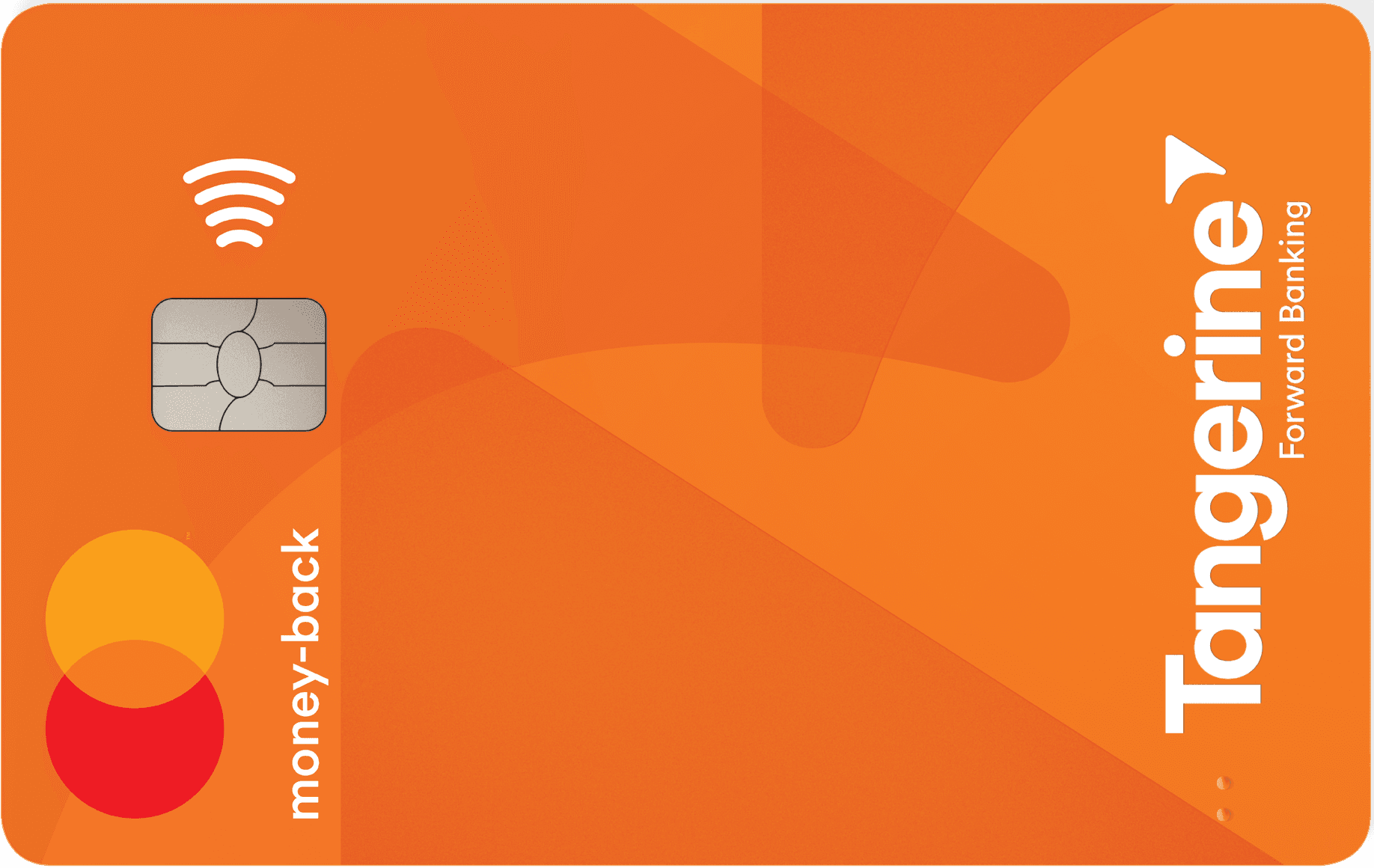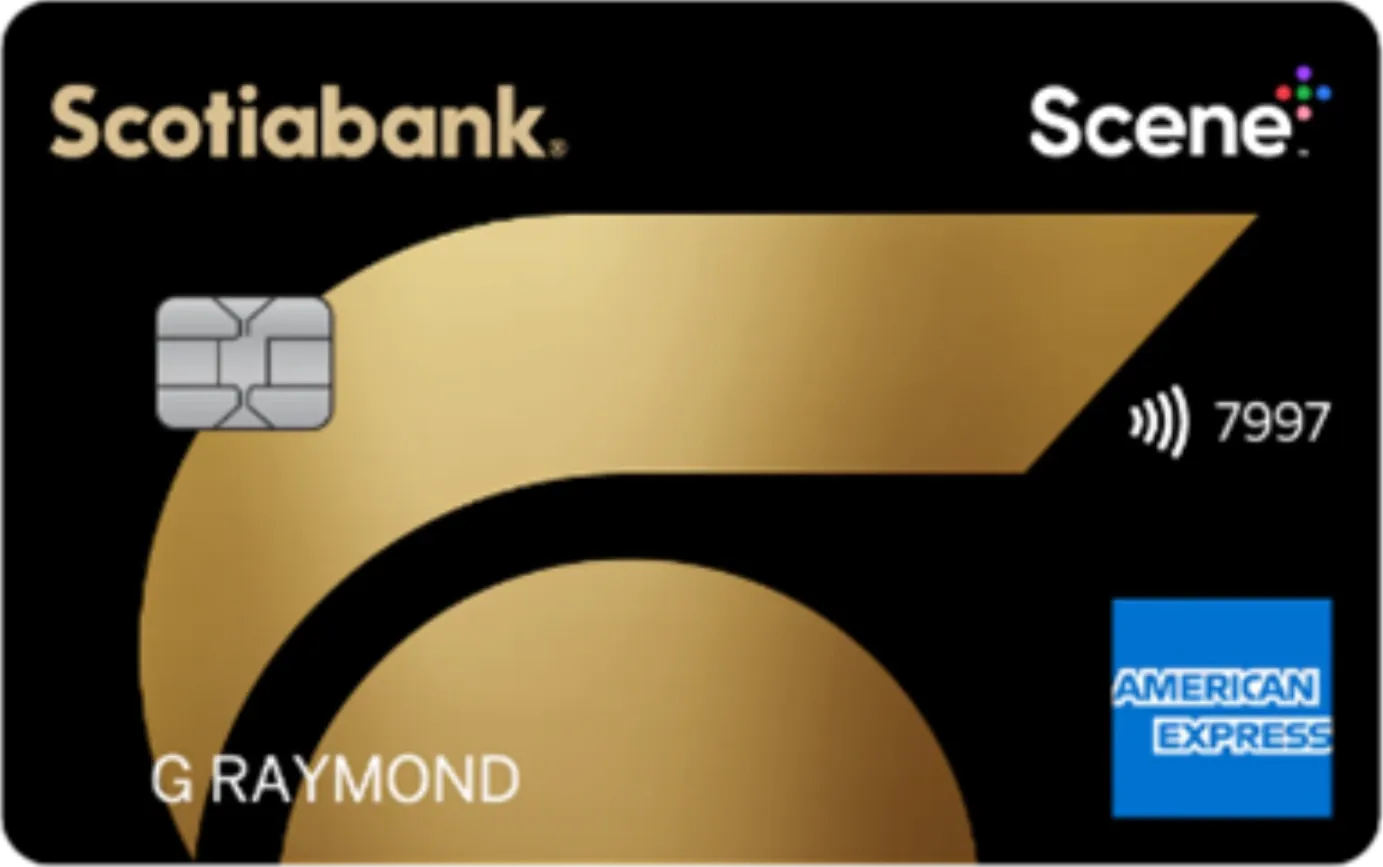Working hard in the background...
Credit Card Cash Advances in Canada: What You Should Know
Published Nov 22, 2025 6:25 PM • 7 min read
In personal finance, a credit card cash advance is a tool of last resort, offering a fast but costly way to borrow money. It allows you to use your credit card to get physical cash from an ATM or make cash-like transactions, which can seem like a lifesaver in an emergency where only cash is accepted.
However, this convenience comes at a steep price, making it one of the most costly forms of debt available to Canadian consumers. Before you ever use your credit card for a cash advance, it's crucial to understand the cascade of fees and interest that begins the moment you complete the transaction. These costs can quickly turn a short-term fix into a long-term financial burden.
The True Cost of a Cash Advance
The expense of a cash advance is not a single charge but a combination of fees and immediate interest that makes it fundamentally different from a regular purchase.
1. More Than Just ATM Withdrawals: The "Quasi-Cash" Trap
A common and costly pitfall is underestimating what your bank considers a cash advance. Beyond withdrawing cash from an ATM, a broad category of "quasi-cash" transactions is treated identically, incurring the same high fees and immediate interest with no grace period. You must be vigilant for these, as they are not always obvious. Watch out for:
- Gambling and Gaming: Using your card to fund online sports betting, buy casino chips, or purchase lottery tickets online.
- Money Transfers and Currency: Funding wire transfers, buying foreign currency at an exchange bureau, or purchasing money orders.
- Cryptocurrency and Investments: Buying digital assets like Bitcoin on many exchanges with a credit card is often processed as a cash advance.
Banks classify these as cash equivalents because they are high-risk and easily convertible to cash, often signalling financial instability to the lender.
2. The High Interest Rate with No Grace Period
The most damaging feature of a cash advance is the interest. Unlike regular purchases, which have an interest-free grace period of at least 21 days, interest on a cash advance begins accumulating the moment the transaction is processed. This could potentially put you into debt, which could snowball into a much larger amount.
Read More: How to Get Out of Credit Card Debt
In Canada, cash advance interest rates are significantly higher than purchase rates, typically starting around 22.99% and often reaching 24.99% or more. Let's illustrate the immediate financial damage with a $500 cash advance on a card with a 22.99% APR:
- Daily Interest Rate: The annual rate divided by 365 gives you a daily rate of approximately 0.063%.
- Immediate Cost: From day one, interest begins to accrue. After just 30 days, the interest alone on this $500 advance would be about $9.45, a cost that compounds daily. This is before any fees are even considered.
If you need to do a cash advance, it's best to use one of the best low-interest credit cards in Canada, as they typically have much lower interest rates.
3. Inescapable Upfront Fees
On top of the high interest rate, you are charged an upfront fee for the transaction itself. This usually includes:
- Cash Advance Fee: Charged by your credit card issuer, this is typically a flat rate ($5 - $10) or a percentage of the amount (1% to 3%), whichever is greater. This clause means even a small $50 withdrawal could cost you a $5 fee.
- ATM Operator Fee: If you use an ATM not affiliated with your bank, expect an additional operator fee of $2 to $5.
Therefore, a $500 cash advance could instantly cost you a $10 cash advance fee plus a $3 ATM fee, for a total of $13 in immediate charges before interest even begins to accrue.
Other Critical Considerations
Beyond the direct costs, several other factors make cash advances a hazardous financial tool.
Repayment Rules: A Nuance That Can Help You
A common myth is that cash advance debt is always paid last. Under Canadian regulations, any payment you make above your minimum monthly payment must be applied to the balance with the highest interest rate first.
Consider this example:
- You have a $2,000 purchase balance at 19.99% APR.
- You also have a $500 cash advance balance at 22.99% APR.
- Your minimum payment is $50.
If you pay $250, the first $50 covers your minimum. The remaining $200 is an overpayment, which is legally required to go toward your highest-interest debt—the $500 cash advance. This rule allows you to aggressively target and eliminate costly cash advance debt if you are forced to take one.
Wider Financial Implications
- Limits and Credit Score: Your card’s cash advance limit is usually much lower than your overall credit limit. Taking a cash advance increases your credit utilization ratio, which can lower your credit score. More importantly, lenders view reliance on cash advances as a red flag for financial distress, which could hurt your chances of getting a mortgage or car loan in the future.
- No Rewards and Hidden Traps: You earn no points, miles, or cashback on cash advances. You are paying a premium for debt while forgoing the card’s benefits. Also, be wary of "convenience cheques" mailed by your issuer; using them is a disguised cash advance with all the same fees and interest.
Pros vs. Cons: An Unbalanced Equation
The comparison is overwhelmingly one-sided.
- Pro: It provides quick, convenient access to cash in a genuine emergency when no other options exist.
- Cons: The costs are extreme due to high fees and immediate interest. There are no rewards, and it can damage your credit score, signalling financial risk to lenders and potentially leading to a debt spiral.
Regularly using cash advances is a clear symptom of a deeper financial problem that requires a budget review, not more high-interest debt.
Smarter Alternatives to Cash Advances
Before taking a cash advance, always consider these significantly cheaper options:
- Use a Third-Party Service for Bills: For large payments like rent or taxes, services like Plastiq charge a fee (e.g., $2.85) but code the transaction as a purchase. This gives you the interest-free grace period and earns rewards, making it far cheaper than a cash advance.
- Tap a Line of Credit (LOC): A personal or home equity line of credit offers much lower interest rates, often tied to the prime rate, making it a more affordable way to borrow.
- Use Overdraft Protection: Your chequing account's overdraft may be less expensive than a cash advance. Check your bank's specific fees and interest rates.
- Get a Personal Installment Loan: Banks and online lenders offer short-term loans with predictable payments and better interest rates than a credit card cash advance.
- Borrow from Friends or Family: While it can be socially complex, this is often an interest-free option. It's wise to put the terms in writing to avoid misunderstandings.
- Build an Emergency Fund: The best alternative is proactive. Having three to six months of living expenses in a savings account provides a crucial buffer against financial shocks and eliminates the need for emergency borrowing.
Read More: Credit Card vs Line of Credit
Final Thoughts
Getting a credit card cash advance in Canada is easy, but the financial consequences are severe. It should only be treated as a tool of absolute last resort. If you must take one, pay it off as aggressively as possible, making payments well above the minimum to target that high-interest balance first.
If you find yourself needing cash advances regularly, it is time to seek help. Contact a non-profit credit counsellor or a financial advisor to build a sustainable economic plan. A cash advance may solve a problem for a day, but a solid budget will secure your financial future for years to come.
Frequently Asked Questions
No. Many "quasi-cash" transactions are also treated as cash advances, incurring the same high fees and instant interest. This includes funding online gambling accounts, buying cryptocurrency, or making wire transfers with your credit card.
Yes, it can. It increases your credit utilization ratio and is often viewed by lenders as a sign of financial distress, which can negatively impact your credit score and future loan applications.
You should only consider a cash advance in a genuine, unforeseen emergency where cash is the only option and all other, cheaper alternatives have been exhausted. It should always be treated as a last resort.
Trending Offers

Tangerine® Money-Back World Mastercard®*

Tangerine Money-Back Mastercard

Neo World Elite® Mastercard®

Scotiabank Gold American Express® Card
What's on this Page
About the author

Anthony Coles
Editor
Anthony started off a career in finance working for the largest staging company in the UK. Tasked with setting up a procurement department and costing up large projects building film studios required ...
SEE FULL BIOAbout the editor

Kevin Shahnazari
Credit Card Expert
Kevin started FinlyWealth and juggles a bit of everything—digging into data, running our marketing, and keeping the finances on track. Before this, he spent years as a data scientist at tech companies...
SEE FULL BIO